Druk Path Trek: Breathtaking Beauty in the Heart of Bhutan
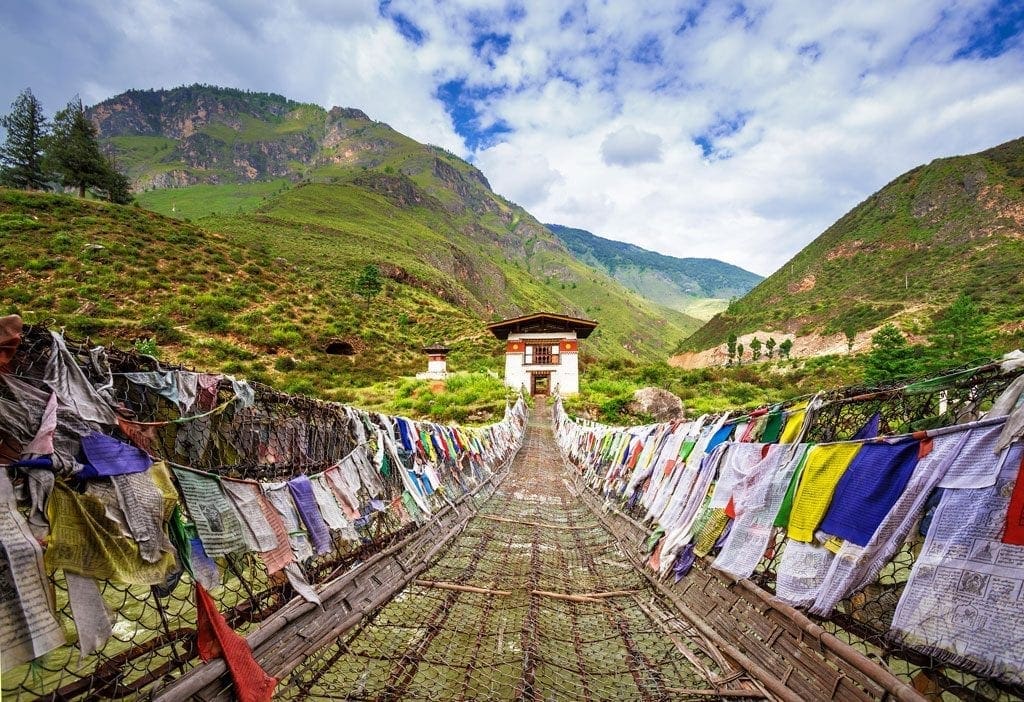
Introduction to Druk Path Trek in Bhutan
Overview of Druk Path Trek
Embarking on the Druk Path Trek in Bhutan is like stepping into a mystical journey through breathtaking landscapes and serene nature. As you traverse through lush forests, majestic mountains, and clear alpine lakes, you can't help but feel a sense of wonder and tranquillity. The trail will lead you to remote monasteries, giving you a glimpse into Bhutan's rich cultural heritage. Each day's trek offers a new adventure and a chance to connect with the beauty of the surrounding environment.
Best time to visit and permits required
The best time to experience the Druk Path Trek is during the months of April to June and September to November when the weather is pleasant and the skies are clear, offering stunning views of the Himalayas. To embark on this trek, you will need to obtain a tourist visa for Bhutan and secure a trekking permit from the Bhutan Tourism Council. These permits help regulate tourism in order to preserve the natural beauty and cultural integrity of the region.
So pack your bags, lace up your hiking boots, and get ready for an unforgettable adventure on the Druk Path Trek in Bhutan! Travelling through this enchanting landscape will not only rejuvenate your soul but also leave you with memories that will last a lifetime.

Preparation for Druk Path Trek
Physical fitness and training
Embarking on the Druk Path Trek in Bhutan requires a decent level of physical fitness to enjoy the experience fully. It is highly recommended to engage in regular cardio exercises and endurance training prior to the trek. Strengthening your leg muscles and improving your stamina will make each day's journey more manageable. Remember, the trek involves varying terrains and altitudes, so being in good shape will help you conquer the trail with ease.
Packing essentials for the trek
When preparing for the Druk Path Trek, it is essential to pack wisely to ensure a comfortable and safe journey. Be sure to pack sturdy hiking boots with good ankle support, breathable clothing suitable for layering, a reliable backpack, sunscreen, sunglasses, a refillable water bottle, energy snacks, a first aid kit, and a camera to capture the stunning vistas along the way. Additionally, carrying some cash in local currency can be handy for small purchases during the trek.
So, as you gear up for the Druk Path Trek adventure in Bhutan, remember to focus on your physical preparation and pack smartly to make the most of this enchanting journey through nature's wonders - an experience that promises not just physical conquests but also spiritual rejuvenation amidst Bhutan's mesmerizing landscapes.
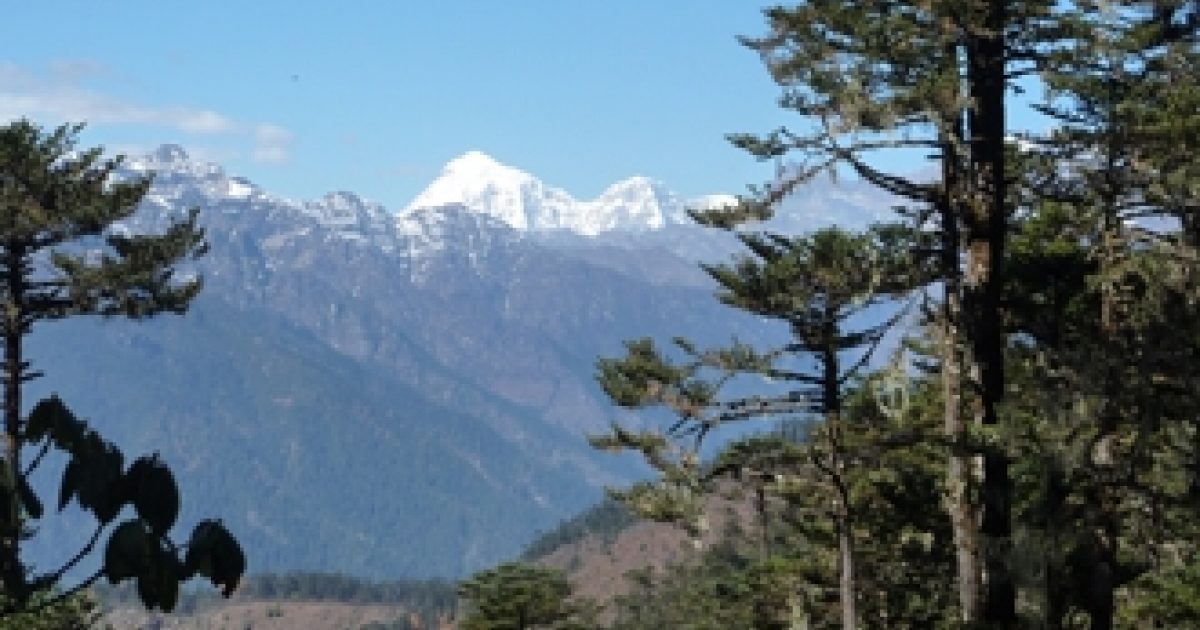
Day 1: Paro to Jele Dzong
Route details and landmarks
As you embark on the Druk Path Trek, starting from Paro to Jele Dzong, get ready to immerse yourself in the scenic beauty of Bhutan. The trail offers breathtaking views of lush landscapes, serene valleys, and distant mountain peaks. Keep an eye out for beautiful rhododendron forests and charming yak herder settlements along the way. Remember to take it slow, appreciate the journey, and savour each moment in this natural paradise.
Camping options and facilities available
When camping at Jele Dzong during your trek, you will have the opportunity to experience true tranquillity surrounded by nature. Set up your tent amidst picturesque settings and enjoy a night of peaceful rest under the stars. Basic toilet facilities are available at the campsite, ensuring your comfort during your stay. As you settle in for the night, listen to the sounds of nature and feel a sense of peace wash over you.
As you continue on your Druk Path Trek adventure from Paro to Jele Dzong, cherish each step of the journey and embrace the serenity of Bhutan's untouched landscapes.
Day 2: Jele Dzong to Jangchulakha
Scenic views and wildlife encounters
As you set off from Jele Dzong towards Jangchulakha on the Druk Path Trek, get ready for another day filled with stunning vistas and possible wildlife sightings. The trail will lead you through verdant meadows, winding pathways, and perhaps even encounters with Bhutan's diverse flora and fauna. Keep your camera handy to capture memorable moments of Bhutanese landscapes and any wildlife that crosses your path. Embrace the beauty that surrounds you and take in the wonders of this unique journey.
Altitude considerations and acclimatization tips
While trekking from Jele Dzong to Jangchulakha, it's essential to be mindful of altitude changes and how they may affect your body. Take it slow, stay hydrated, and listen to your body's signals as you ascend to higher elevations. Acclimatization is key to preventing altitude sickness, so make sure to rest when needed and communicate any discomfort to your trekking companions or guides. Embrace the terrain's challenge while prioritizing your health and well-being throughout this adventure. Enjoy the journey as you continue onwards to Jangchulakha amid Bhutan's natural splendour.
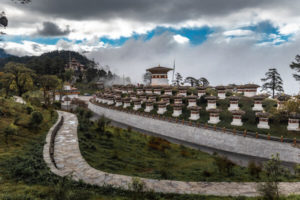
Day 3: Jangchulakha to Jimilang Tsho
Challenges and highlights of the trail
As you embark on the journey from Jangchulakha to Jimilang Tsho, get ready for a mix of challenges and incredible highlights along the trail. The path may present steep inclines, rocky terrain, or changing weather conditions, but each step forward brings you closer to the majestic beauty that awaits. Take on these challenges with determination and remember that every obstacle overcome only adds to the sense of accomplishment at the end of the day. Look out for breathtaking views and unique flora and fauna that dot the landscape, providing moments of awe and inspiration amidst the trek.
Cultural insights and local interactions
During your trek from Jangchulakha to Jimilang Tsho, keep an eye out for opportunities to engage with the local culture and interact with residents along the way. Whether sharing a meal with fellow trekkers at a campsite or exchanging greetings with Bhutanese villagers you encounter, these interactions offer a glimpse into the rich tapestry of traditions that define this region. Take time to appreciate the unique customs, beliefs, and practices of the people you meet, fostering connections that transcend language barriers. Embrace these cultural insights as integral parts of your trekking experience, adding depth and meaning to each step taken towards Jimilang Tsho.
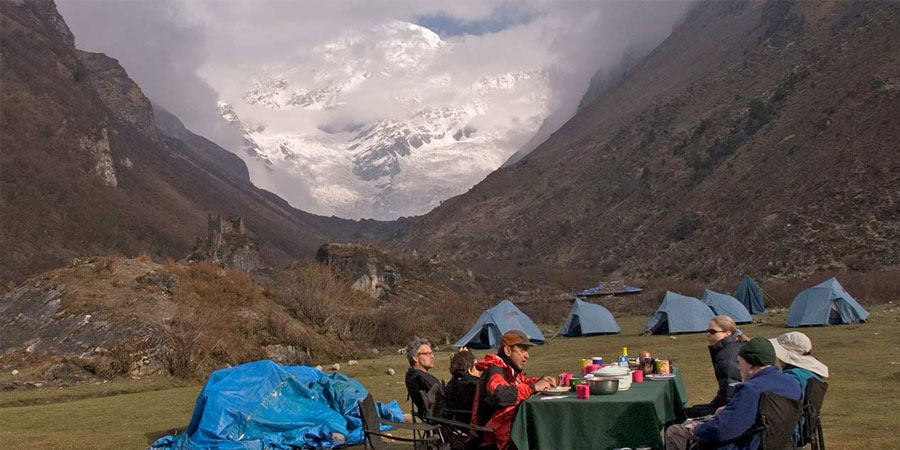
Day 4: Jimilang Tsho to Simkota
Terrain changes and vegetation along the way
As you continue your trek from Jimilang Tsho to Simkota, be prepared for diverse terrain changes and captivating vegetation that characterize this part of the trail. The path may lead you through lush forests, open meadows, and rocky outcrops, offering a visual feast of natural beauty at every turn. Take moments to pause and admire the unique flora that thrives in these varying landscapes, from colourful wildflowers to ancient trees that stand as silent sentinels of the mountains. Embrace the changing surroundings as a testament to the richness of biodiversity found in these high-altitude regions.
Weather conditions and safety precautions
While trekking from Jimilang Tsho to Simkota, it is essential to stay vigilant about weather conditions and prioritize safety precautions along the way. Be prepared for sudden changes in weather that can bring rain, fog, or even snow at higher elevations, affecting visibility and trail conditions. Dress in layers to adapt to temperature fluctuations and ensure you have adequate rain gear to stay dry during inclement weather. Stay hydrated, take regular breaks, and listen to your body's signals to prevent altitude-related illnesses. Follow established trekking guidelines, stick together with your group, and heed advice from experienced guides to navigate safely through the challenges that may arise on this leg of your journey.
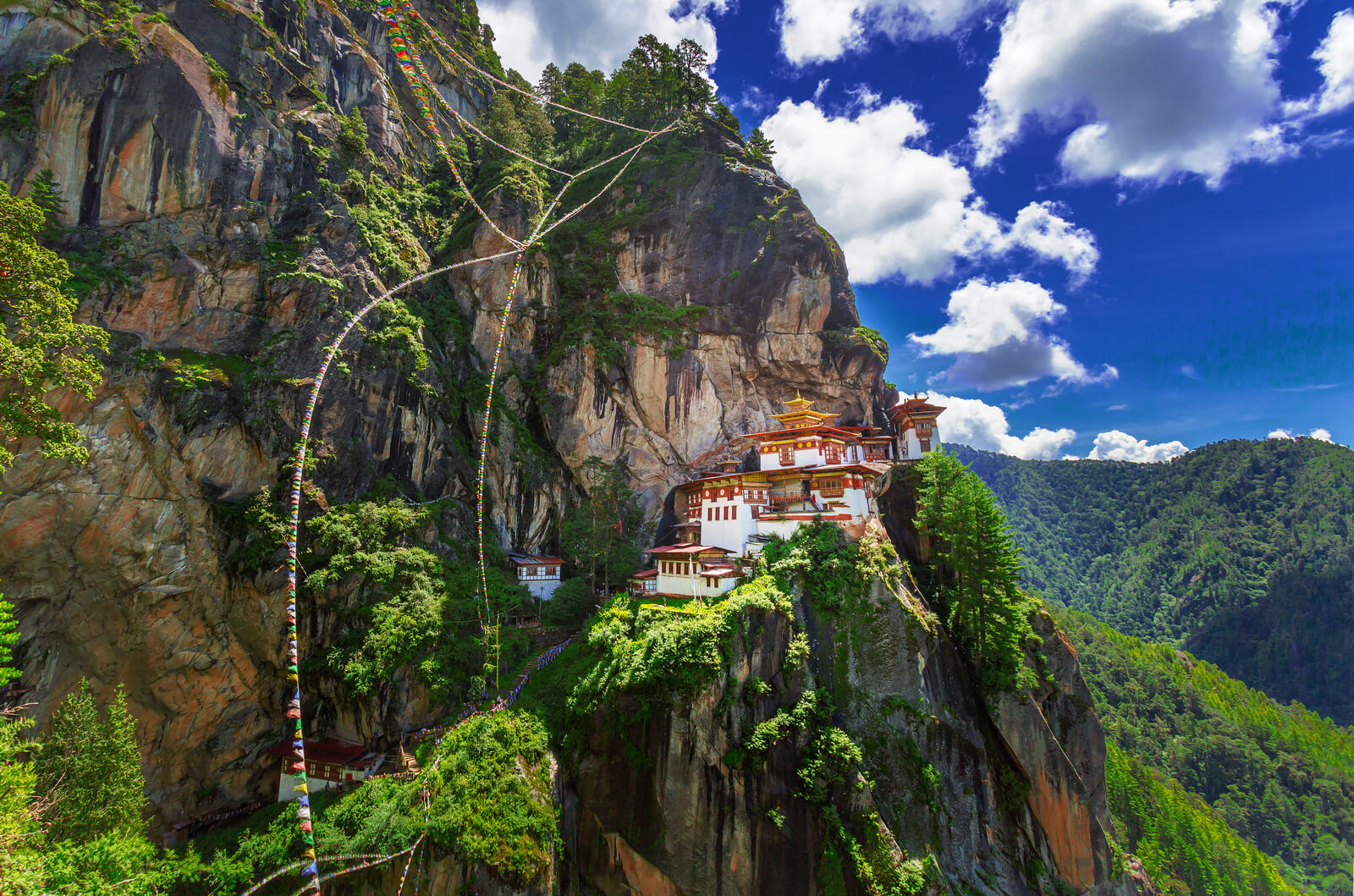
Day 5: Simkota to Phajoding
Elevation gain and summit experiences
Continuing your journey from Simkota to Phajoding, you will encounter significant elevation gains and rewarding summit experiences along the trail. The path might challenge you with steep ascents, but each step brings you closer to breathtaking panoramic views from the summits. Embrace the physical exertion as a means to conquer new heights and revel in the sense of achievement that comes with reaching each peak. The expansive vistas from these elevated points offer a sense of awe-inspiring grandeur that makes all the effort worthwhile.
Rest spots and viewpoints for photography
As you traverse from Simkota to Phajoding, keep an eye out for inviting rest spots and picturesque viewpoints perfect for capturing unforgettable moments through photography. Pause at tranquil lakes or serene meadows where you can rejuvenate your spirit and immerse yourself in the tranquillity of nature's beauty. Set up your camera at strategic vantage points to capture the play of light and shadow on the rugged terrain, creating stunning images that will serve as lasting mementoes of your trekking adventure. Remember to take breaks not just for physical rest but also to appreciate the visual splendour that surrounds you at every turn.

Day 6: Phajoding to Thimphu
Final stretch and arrival in Thimphu
As you embark on the final leg of your journey from Phajoding to Thimphu, take a moment to reflect on the experiences and memories you have gathered along the way. The trail may offer a mix of descents and ascents, leading you through verdant forests and open meadows as you draw closer to your destination. Keep an eye out for glimpses of Thimphu in the distance, signalling your impending arrival in the vibrant capital city. As you traverse the last miles, savour the accomplishment of completing this trekking adventure, knowing that every step has brought you closer to your goal.
Celebrations and local cuisine recommendations
Upon reaching Thimphu, take the time to celebrate your successful journey with a taste of local Bhutanese cuisine. Indulge in traditional dishes such as Ema Datshi (cheese and chili stew) or Suja (butter tea) at one of the city's cozy eateries or vibrant food markets. Immerse yourself in the culinary delights of Bhutan as you recount tales of your trek with fellow travellers or local residents. Don't miss the opportunity to explore the unique flavours and spices that define Bhutanese gastronomy, adding a flavorful finale to your adventurous trekking experience in the Land of the Thunder Dragon.
